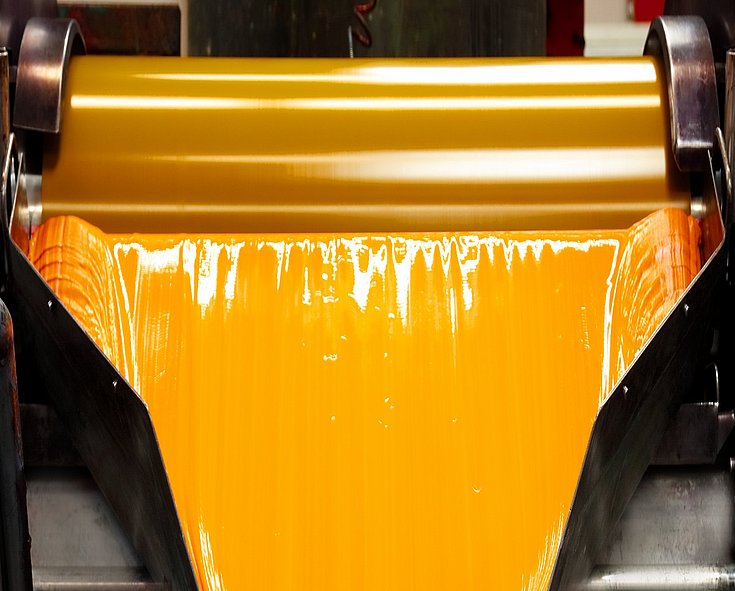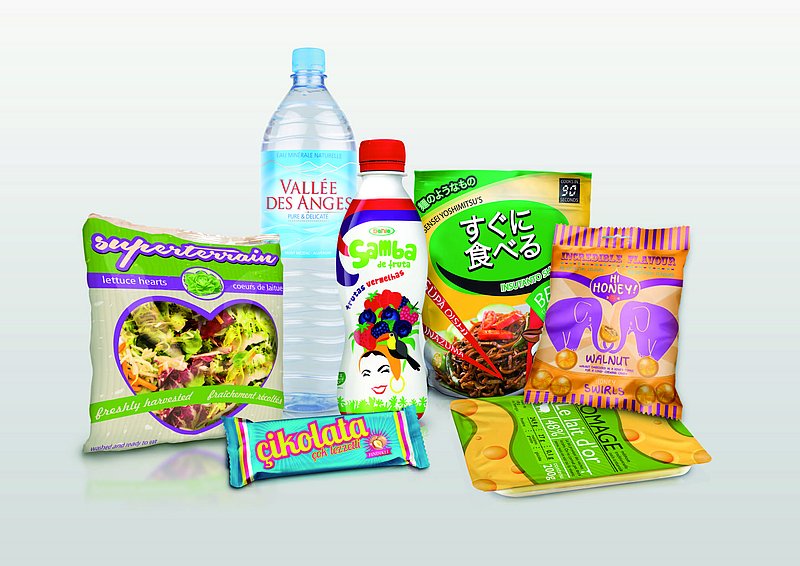
Colors are passion, emotions and personality. At Siegwerk, inks and coatings are our specialty and we use color to bring the packaging and products of our customers to life.

At the end of April experts from industry and the scientific community met at the “Henkel Flexible Packaging Forum” in Wroclaw (Poland) to debate the features that packaging will have in the future, in line with the event’s motto “Discover Trends & Technologies”. Featuring a mix of talks and presentations on a wide range of different topics, the Forum provided participants with a comprehensive overview of current trends in the packaging market. Dr. Stefan Häp, Regional Director Technology at Siegwerk, was one of the guest speakers at the Forum and briefed the participants on the latest developments in PVC- and PUR-based inks for lamination applications.
Dr. Häp, how did you like the Forum?
The Forum provided an excellent opportunity to communicate with other industry experts about topical issues and to discuss new trends and developments. To get talking with different market players is always a source of inspiration. It often helps to generate good ideas at an early stage and move product development forward, to help populate the market of the future with innovative solutions. The Forum offered a very broad mix of presented topics and speakers that addressed all aspects of flexible packaging production – ranging from adhesives via substrates and printing inks to the requirements of brand owners – all the important segments involved in the manufacturing of packaging were represented. In my opinion this event superbly illustrated the correlations between individual packaging components.
What was the subject of your presentation?
In my presentation I focused on the latest developments in PVC- and PUR-based printing inks for lamination applications – what is driving the development of new high-performance ink ranges and what’s new in this area? Ultimately printing ink is more than just a product, it is much more of a safety and efficiency solution. Essentially there are three players, whose requirements our inks have to meet in regards of performance: printers, brand owners and consumers. Printers attach importance to being able to fulfil their orders both very cost-effectively and to the highest standards of print quality. It’s a fact that printing ink has an influence on the other cost drivers in the printing process. For example, it can help to increase print speed, thus enabling presses to be operated more efficiently. Brand owners on the other hand are constantly designing new packaging structures and utilizing innovative materials. At the same time they have high sustainability standards for their packaging. Ink performance must therefore also meet these needs as effectively as possible and be adapted at any time to match changed requirements. What concerns consumers above all is that the content of the packaging is safe to consume or use and not negatively impacted by external influences. Product safety continues to be a major issue, especially where food packaging is involved. Printing ink must therefore be formulated to ensure that migration risk is minimized at constant ink performance. Accordingly ink performance has to cover a number of different bases and our prime concern at Siegwerk is always to optimize both performance and costs and to provide our customers with the best ink solutions tailored to their specific needs.
What did you regard as the Forum’s highlights? Which topics of the future stuck in your mind?
It was particularly exciting to listen to new trends and innovations as well as to discuss the characteristics of “packaging of the future”. The interplay between individual flexible packaging components and the corresponding impact of new trends on innovative ideas for other components keep on delivering ground-breaking packaging solutions. In future the focus in the packaging print segment will clearly be on requirements like recyclability or avoidance of waste, safety or minimizing migration risk and functionality, as well as the use of special effects on packaging to stand out from the competition and thereby attract consumers’ attention.